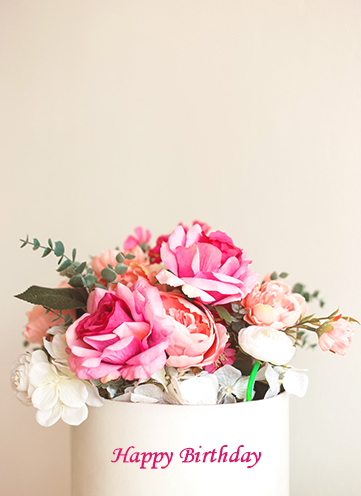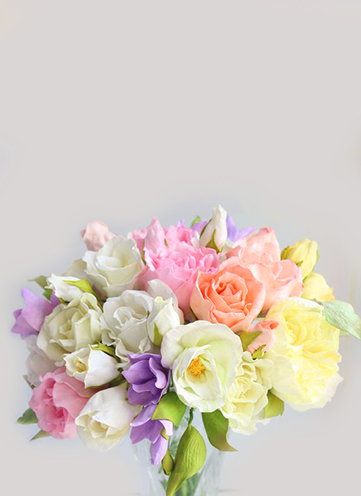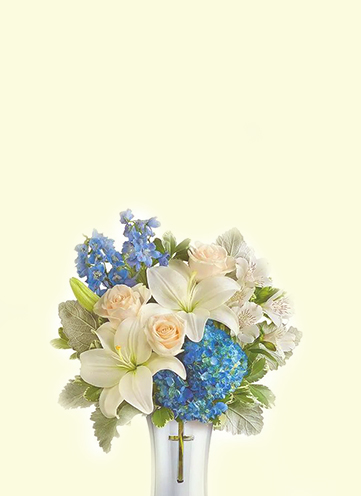Unearthing Tulip Treasures: 7 Surprising Facts to Discover
Posted on 15/08/2025
Unearthing Tulip Treasures: 7 Surprising Facts to Discover
Tulips are much more than just vibrant spring blooms. These botanical gems boast an incredible history, deep symbolism, and even a surprising role in economics and popular culture. Today, let's dig deeper and unearth the fascinating world of tulips with seven surprising facts that will make you appreciate these stunning flowers like never before.
1. The Humble Origins: Tulips Were Born in the Wild
When picturing tulip gardens, you might instantly think of sprawling Dutch landscapes, but tulips are, in fact, not native to the Netherlands. The story of tulip treasures begins much further east, on the rugged slopes of Central Asia.
- Original Habitat: Tulips originated in the mountainous regions of Central Asia, especially in present-day Kazakhstan, Uzbekistan, and surrounding areas.
- Wild Beauty: These early tulip species bloomed in harsh, rocky environments, enduring extreme seasonal temperatures.
- Spread to the West: Traders along the Silk Road admired their beauty and eventually carried tulip bulbs to the Ottoman Empire, and later to Western Europe.
Did you know? The name "tulip" is believed to come from the Turkish word for "turban," inspired by the flower's shape--an early sign of its cultural impact!

2. Ottoman Opulence: The Age of the Tulip Mania
Before tulips dominated Dutch gardens, they dazzled the Ottoman elite. In the 16th and 17th centuries, tulips became a symbol of luxury and status in Istanbul.
Key highlights of the Ottoman tulip era:
- The "Tulip Era" (Lale Devri) in the Ottoman Empire (1718-1730) was a period marked by economic success, art, and extravagant garden parties centered around tulip blooms.
- Elaborate tulip gardens graced the palaces of sultans and high-ranking officials, who cultivated rare varieties as living treasures.
- Tulip motifs dominated textiles, ceramics, and paintings, leaving a lasting mark on Turkish art and culture.
Fact: Even today, tulips are a national symbol in Turkey and feature prominently in Istanbul's annual tulip festival--a true celebration of their heritage!
3. Tulip Mania: The World's First Financial Bubble
When tulip bulbs arrived in the Netherlands in the late 16th century, their rare beauty and striking colors ignited a craze that sparked one of the world's most famous economic phenomena:Tulip Mania.
How did tulip mania happen?
- The popularity of tulip bulbs grew rapidly in the 1630s, especially for new and rare varieties like the striped or "broken" tulips.
- Bulbs began trading at astounding prices. Some single tulip bulbs sold for more than the cost of a house!
- A speculative bubble emerged as people bought and sold tulip futures, hoping to profit from ever-increasing prices.
- The burst: In 1637, prices collapsed overnight, leaving many investors in financial ruin. This event is still studied as the first recorded speculative bubble in history.
Tulip Mania offers a cautionary tale about the power of trends and the volatility of markets, but the allure of tulips only grew in the centuries that followed.
4. Tulips Come in Almost Every Color--Except True Blue
Among the most enchanting facts about tulips is their variety. There are over 3,000 registered varieties of tulips, grouped into 15 different classes based on flower form, size, and blooming period. These dazzling spring flowers come in nearly every color of the rainbow--except for true blue.
Why do true blue tulips not exist?
- The Science: Tulips lack the specific pigment called delphinidin that would produce a blue hue in their petals.
- What you see: Some varieties may look blue to the eye, but they're actually shades of violet, purple, or mauve.
- The Quest for Blue: Breeders continue to experiment with cross-pollination and genetic modification, but the elusive true blue tulip remains a coveted treasure in the botanical world.
Fun Fact: Tulips have inspired blue-colored varieties in other flowers, with breeders and gardeners still chasing nature's rarest shades!
5. Tulips Can Be Eaten (But with Caution!)
While they're mostly admired for their beauty, tulips have played a surprising role in survival during difficult times. Did you know that tulip bulbs are technically edible?
Tulip bulbs in history:
- During World War II, especially in the wartime "Hunger Winter" of 1944-1945, Dutch people faced famine and used tulip bulbs as a food source.
- Tulip bulbs can be prepared in a manner similar to onions or potatoes, but they must be handled carefully to remove toxins present in the outer layers and certain bulb varieties.
- Some gourmet chefs occasionally use tulip petals as edible decorations for salads and desserts.
Warning: Tulip bulbs should not be eaten unless properly prepared by someone knowledgeable, as some parts are toxic. Always source edible flowers from reputable suppliers if you're tempted to experiment!
6. Tulips in Art, Literature, and Popular Culture
The stunning form and vibrant hues of tulips have inspired countless works of art and continue to hold a place in modern culture.
Tulips in art and symbolism:
- Throughout the Dutch Golden Age, still-life painters like Jan Brueghel and Rachel Ruysch often featured bouquets of tulips, symbolizing wealth, prosperity, and the fleeting nature of beauty.
- Tulips frequently appear in Turkish miniatures and Persian poetry, embodying love, infinity, and spiritual enlightenment.
- The tulip has become a symbol of spring renewal worldwide, featured in public gardens, floral shows, and even in fashion.
Interesting Note: The famous Canadian "Tulip Festival" in Ottawa is a living token of gratitude. Every spring, thousands of tulips bloom, gifted by the Netherlands to thank Canadians for sheltering the Dutch royal family during World War II!
7. Tulips as Global Phenomena: Festivals, Tourism, and Conservation
From Keukenhof in the Netherlands, which boasts over seven million blooming bulbs each spring, to the Istanbul Tulip Festival and Michigan's Tulip Time Festival in the United States, tulips have become celebrated worldwide.
Why tulip festivals matter today:
- They draw millions of visitors from around the globe, boosting local economies and promoting cultural exchange.
- Festivals inspire gardeners and enthusiasts to protect rare and wild tulip species.
- Many organizations now dedicate resources to preserving the genetic diversity of wild tulip populations threatened by habitat loss and climate change.
Conservation is key: As climate patterns shift and natural habitats shrink, safeguarding the wild ancestors of tulips ensures we can continue to enjoy their beauty and diversity for generations.

Bonus: Tips for Growing Your Own Tulip Treasures
Feeling inspired by the legendary legacy of tulips? Cultivating these botanical treasures at home is easier than you might think. Here are a few pro tips:
- Choose high-quality bulbs, ideally from a reputable supplier, and plant them in the fall for spring blooms.
- Tulips thrive in well-draining soil and a sunny location. Avoid areas that get waterlogged.
- Plant bulbs about 4 to 6 inches deep, spaced at least 3 inches apart, for the best display.
- After flowering, allow the foliage to die back naturally--this helps the bulbs store energy for next year.
- Rotate beds every few years and protect bulbs from rodents with wire mesh if necessary.
With a little care, you can transform your garden into a vibrant homage to centuries of tulip wonder!
In Conclusion: The Enduring Allure of Tulip Treasures
Tulips have enchanted, inspired, and literally fed people throughout history. Their journey from wild Asian plains to world-famous gardens is a story of adventure, artistry, and even economic revolution. From the sumptuous Ottoman palaces to the financial frenzy of Tulip Mania, to the beloved festivals celebrated across continents, the tulip remains an evergreen symbol of beauty, rebirth, and hope.
If you've been dazzled by tulips before, now you know there's far more beneath their petals. Whether you're an avid gardener, a lover of art, or a history buff, the treasures of the tulip are waiting to be unearthed--one surprising fact at a time.
Start your own tulip adventure, and let these colorful blooms remind you of the astonishing stories nature is still waiting to share!
Latest Posts
Plant These 12 Flowers for a Durable Floral Arrangement
How to Keep Your Poinsettias Fresh for Holidays
Unearthing Tulip Treasures: 7 Surprising Facts to Discover
3 Creative Ideas to Maintain Flower Freshness
Discover 8 Astonishing Things You Never Knew About Sunflowers





